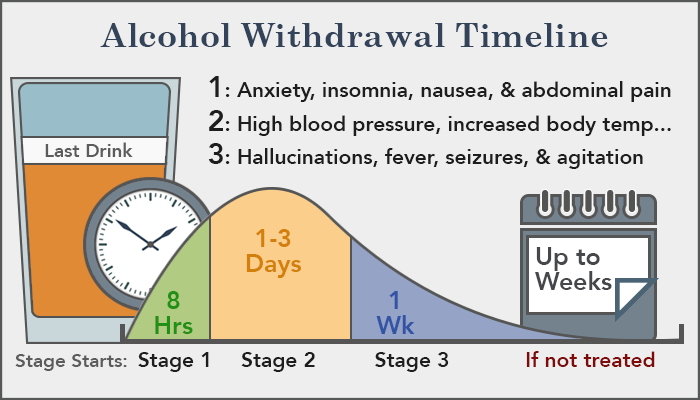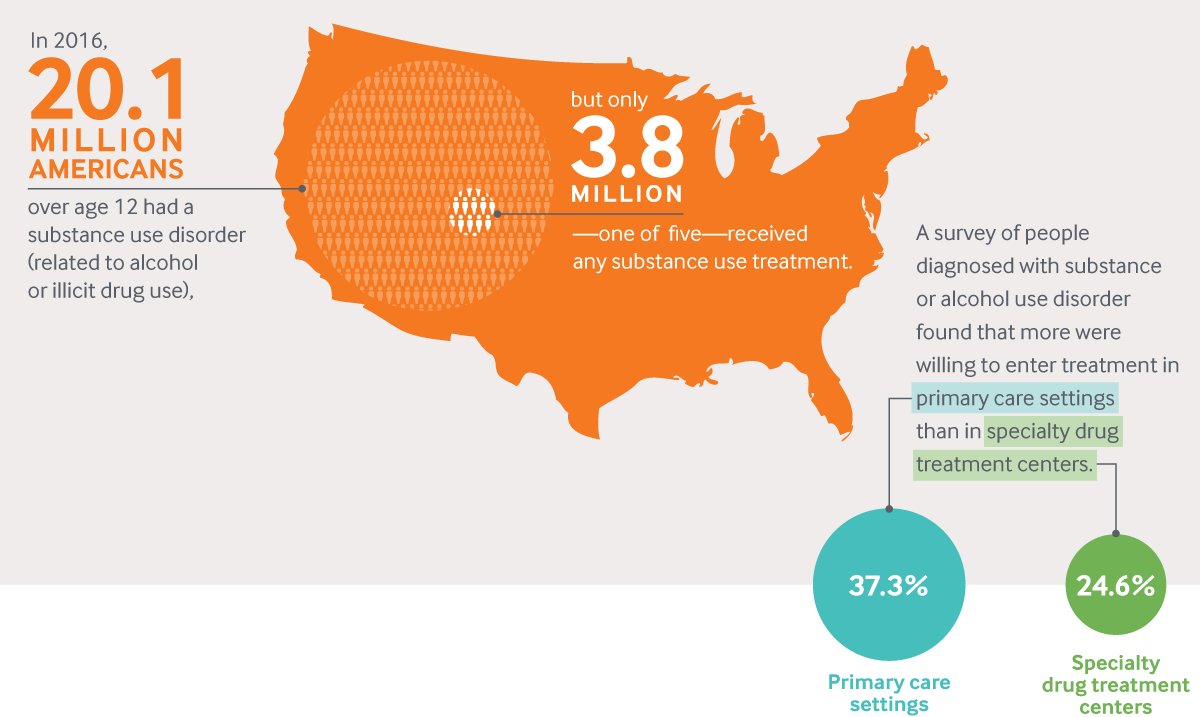Various kinds of programs offer aid in drug rehab, consisting of: residential treatment (in-patient/out-patient), regional support groups, extended care centers, recovery or sober houses, addiction counselling, psychological health, and medical care. Some rehab focuses offer age- and gender-specific programs. In an American study of treatment providers from three different organizations (the National Association of Alcohol Addiction and Drug Abuse Counselors, Logical Healing Systems and the Society of Psychologists in Addicting Behaviors) determining the treatment company's responses on the Spiritual Belief Scale (a scale measuring belief in the four spiritual characteristics Alcoholics Anonymous determined by Ernest Kurtz); ball games were discovered to describe 41% of the variance in the treatment provider's actions on the Addiction Belief Scale (a scale determining adherence to the Additional hints illness design or the free-will model dependency).
The National Institute on Substance Abuse (NIDA) suggests detoxification followed by both medication (where appropriate) and behavior modification, followed by relapse avoidance. According to NIDA, reliable treatment should attend to medical and mental health services as well as follow-up options, such as community or family-based healing support group. Whatever the methodology, client inspiration is an important factor in treatment success.
Medication like methadone and buprenorphine can be utilized to deal with addiction to prescription opiates, and behavioral therapies can be utilized to treat dependency to prescription stimulants, benzodiazepines, and other drugs. Kinds of behavioral therapy consist of: Cognitive-behavioral treatment, which looks for to help patients to acknowledge, avoid and deal with situations in which they are probably to relapse.
Inspirational speaking with, which is designed to increase client motivation to alter behavior and enter treatment. Inspirational incentives, which utilizes favorable support to motivate abstinence from the addicting compound. EEG Biofeedback enhanced treatment enhances abstaining rates of 12-step, faith-based and clinically assisted dependency for cocaine, methamphetamine, alcoholism and opioid dependencies. Treatment can be a long procedure and the period depends on the client's needs and history of abuse.
Particular opioid medications such as methadone and more buprenorphine are commonly used to deal with dependency and dependence on other opioids such as heroin, morphine or oxycodone. Methadone and buprenorphine are maintenance treatments intended to decrease cravings for opiates, thereby reducing controlled substance usage, and the threats associated with it, such as illness, arrest, imprisonment, and death, in line with the viewpoint of harm decrease.

All readily available research studies collected in the 2005 Australian National Examination of Pharmacotherapies for Opioid Dependence recommend that upkeep treatment is more suitable, with very high rates (79100%) of relapse within three months of detoxing from levo-- acetylmethadol (LAAM), buprenorphine, and methadone. According to the National Institute on Substance Abuse (NIDA), clients supported on sufficient, sustained doses of methadone or buprenorphine can keep their jobs, avoid criminal activity and violence, and minimize their direct exposure to HIV and Hepatitis C by stopping or decreasing injection substance abuse and drug-related high threat read more sexual behavior.
Rumored Buzz on How To Use Yale Food Addiction Chart In Treatment
It is normally prescribed in outpatient medical conditions. Naltrexone blocks the euphoric results of alcohol and opiates. Naltrexone cuts regression threat during the first 3 months by about 36%. However, it is far less effective in helping patients preserve abstinence or maintaining them in the drug-treatment system (retention rates average 12% at 90 days for naltrexone, average 57% at 90 days for buprenorphine, average 61% at 90 days for methadone).
To date, there have never ever been any controlled studies revealing it to be reliable, and it is not accepted as a treatment by physicians, pharmacists, or addictionologist. There have likewise been a number of deaths connected to ibogaine use, which triggers tachycardia and long QT syndrome. The drug is an illegal Schedule I managed compound in the United States, and the foreign centers in which it is administered from tend to have little oversight, and range from motel spaces to one moderately-sized rehabilitation center.
These medications include bupropion and nortriptyline. Bupropion prevents the re-uptake of nor-epinephrine and dopamine and has actually been FDA approved for smoking cessation, while nortriptyline is a tricyclic antidepressant which has actually been utilized to assist in smoking cessation it has actually not been FDA authorized for this indication. Acamprosate, disulfiram and topiramate (a novel anticonvulsant sulphonated sugar) are likewise utilized to deal with alcohol addiction.
Disulfiram (likewise called Antabuse) produces a really unpleasant reaction when drinking alcohol that consists of flushing, queasiness and palpitations. It is more effective for clients with high motivation and some addicts use it just for high-risk scenarios. Patients who wish to continue drinking or might be likely to relapse must not take disulfiram as it can lead to the disulfiram-alcohol response mentioned formerly, which is extremely major and can even be deadly.
Compound abusers also often use the gas as an inhalant. Like all other inhalants, it's popular since it provides consciousness-altering impacts while enabling users to avoid some of the legal issues surrounding illegal or prohibited drugs of abuse. Abuse of nitrous oxide can produce significant short-term and long-term damage to human health, including a type of oxygen starvation called hypoxia, mental retardation, and a severe vitamin B12 shortage that can lead to nerve damage.

In-patient property treatment for alcoholic abuse is usually quite costly without appropriate insurance. A lot of American programs follow a 2830 day program length. The length is based Rehabilitation Center exclusively upon companies' experience. Throughout the 1940s, customers remained about one week to overcome the physical modifications, another week to understand the program, and another week or more to end up being stable.
All about How To Preserve Relationships During And After Treatment For Addiction Scholarly
These include, but are not limited to AA, Narcotics Anonymous, Drug Anonymous and Al-Anon. One recent study suggests the significance of household participation in residential treatment patient retention, finding "increased program conclusion rate for those with a household member or better half included in a seven-day family program". Clients with serious opioid addiction are being given brain implants to help reduce their yearnings, in the first trial of its kind in the United States.
Surgery follows with doctors making a little hole in the skull in order to place a tiny 1mm electrode in the particular location of the brain that controls impulses such as dependency and self-discipline. This treatment is for those who have actually failed every other treatment, whether that is medication, behavioral treatment, social interventions.
The meaning of healing remains divided and subjective in drug rehabilitation, as there are no set requirements for determining healing. The Betty Ford Institute specified healing as attaining total abstinence along with personal well-being while other research studies have thought about "near abstinence" as a definition. The wide range of meanings has complicated the process of picking rehabilitation programs. what are the steps in drug treatment and recovery from addiction.
People founded guilty of minor drug offenses might be sentenced to rehab rather of jail, and those founded guilty of driving while drunk are sometimes required to participate in Alcoholics Anonymous conferences. There are a terrific number of methods to deal with an alternative sentence in a drug possession or DUI case; increasingly, American courts are prepared to check out outside-the-box methods for delivering this service.